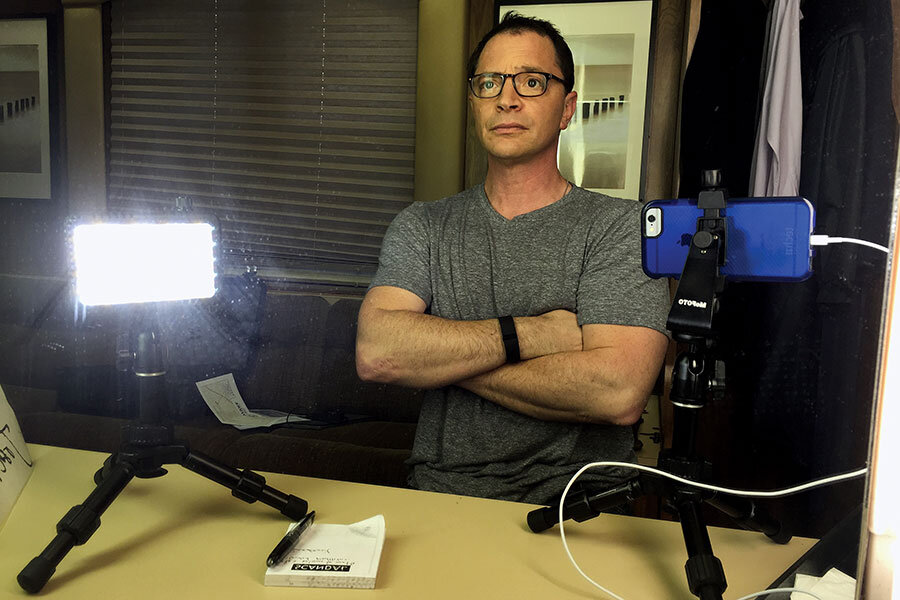Periscope app: next evolution in live streaming
Loading...
When Carly Fiorina launched her presidential bid in last week, the former Hewlett-Packard executive laid out a very modern campaign road map. Before hitting the road for Iowa or New Hampshire, she kicked off by live streaming a virtual town-hall meeting on Periscope.
The smart phone app Periscope lets people easily broadcast video from their phones in real time. More than 500 people tuned in to Ms. Fiorina’s Periscope chat, asking questions about how she would deal with a nuclear Iran, change America’s tax code, and stand out in a potentially crowded Republican primary.
Launched in March by Twitter, Periscope leads a trendy (if not yet widely popular) evolution in online video. While YouTube and Twitch.tv let millions of people transmit live feeds online, these webcasts usually require a desk-bound computer to capture and upload the video. Periscope and its rival, Meerkat, pull off the same service with only a phone application. This allows broadcasters to share live video from anywhere that has a decent Internet connection.
Top broadcasts on an average weekday include amateur chefs showing off their favorite recipes; performances from indie bands; and small-scale celebrities, such as Hollywood producer Neil Mandt and Silicon Valley investor Chris Sacca, talking to fans and crowdsourcing ideas.
Copyright issues have already arisen, however. A Boston Red Sox fan broadcast an entire game recently, and Twitter had to block dozens of people broadcasting the big fight between Floyd Mayweather Jr. and Manny Pacquiao in Las Vegas.
In many ways, Periscope feels like Twitter in its early days, back when people primarily shared trivial details from their lives, such as breakfast menus, instead of breaking news. That could change in a moment. In 2011, when protesters in Cairo took to the streets to denounce the Egyptian government, many Americans followed the protests in real time through social media, giving legitimacy to online services such as Twitter and Facebook once generally viewed as fun but frivolous.
For more on how technology intersects daily life, follow Chris on Twitter @venturenaut.
This article appeared in the May 18 issue of The Christian Science Monitor magazine.





